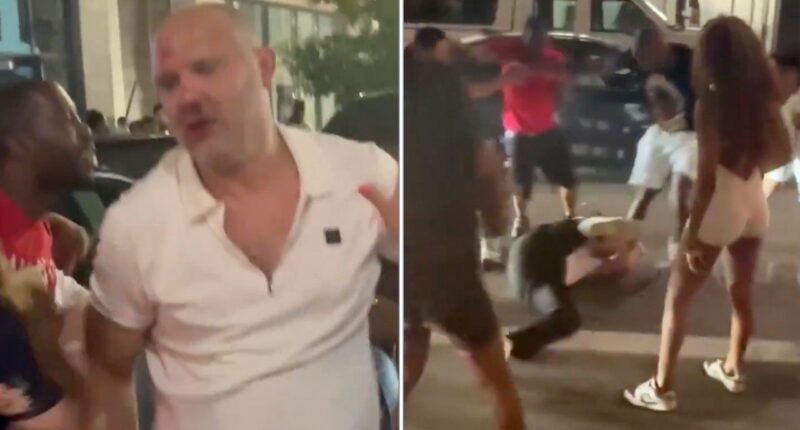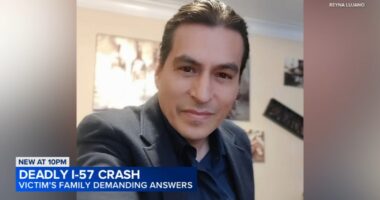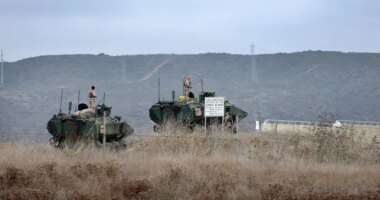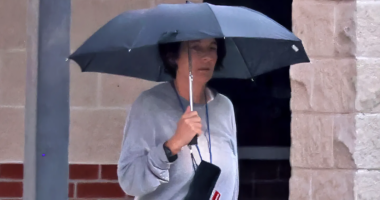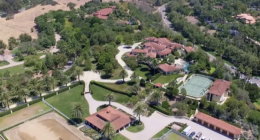Share this @internewscast.com
“There were individuals attempting to calm the situation and others who were helping to move people to safety, while some tried to separate the aggressors,” she explained. “So, I witnessed numerous bystander interventions, even though just one person ended up calling 911.”
“There’s also other kinds of behaviors like … maybe more verbal behaviors, placating behaviors as well,” she said later in the interview.
When it comes to such behavior, Powers explained that there are a wide range of actions people take that could be considered intervention.
“They do those actions based on what they think is going to help, but also their capability,” she said.
So why did only one person call the police, as Theetge emphasized?
Cincinnati Chief of Police Teresa Theetge disclosed the arrests of two individuals believed to be part of a well-publicized altercation over the weekend. (Fox News Digital)
“Primarily, people reach out to authorities when they believe they can contribute to resolving the immediate issue,” Powers noted. “In a chaotic environment, many might think someone else has already contacted the police. Various elements tied to the situation’s dynamics can influence the decision not to call 911 instantly.”
Failing to call 911 in an emergency situation is not abnormal, according to Powers.
She mentioned that across the country, only about 10% of gunshots get reported to the police, a fact confirmed by data from the Brookings Institute.
“This isn’t an anomaly, right? Crime isn’t necessarily called into the police, even under the most dire emergency situations,” Powers said.
